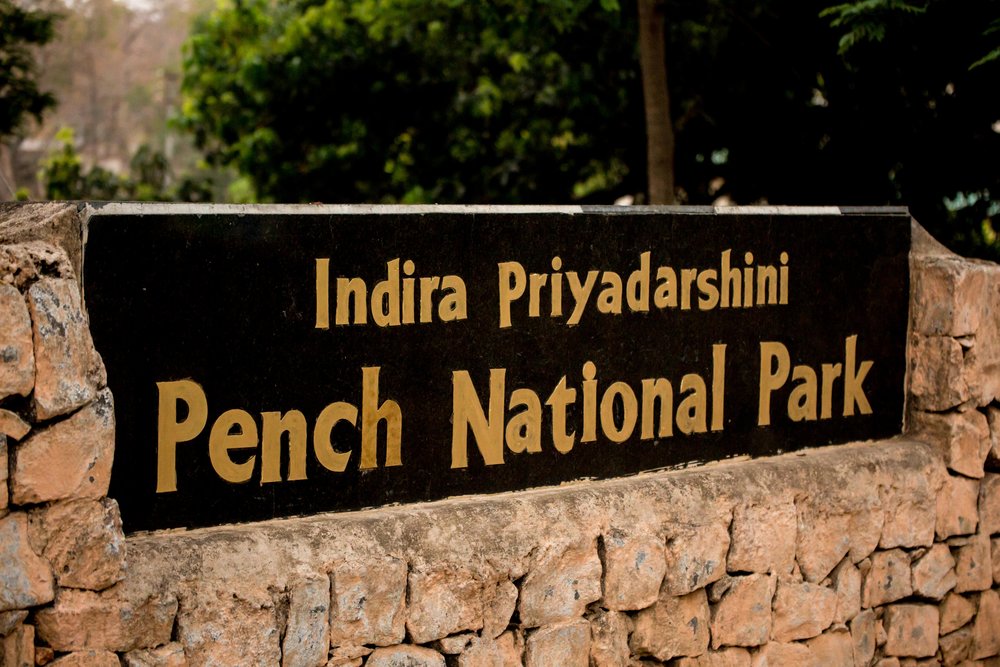Pench National Park has a rich and vivid historical past. It finds mention in the 16th-century document (Ain-i-Akbari) written by Abu’l-Fazl ibn Mubarak. “The Jungle Book,” an immensely popular and much-loved wildlife novel by Rudyard Kipling, is based on Pench. The story of Mowgli was inspired by a real story prevalent in the region. In 1831, a child who had grown up with wolves in Satbavadi village near Seoni was arrested. This led Sir William Henry Sliman to write “An account of wolves’ nurturing children in their dens,” which probably led to the inception of “The Jungle Book.” All your beloved characters from the book can be seen alive in the vast expanse of Pench national park.
Links
Information
Contact Us
- +91-9370197952
- info@penchnationalparksonline.com
- Pench National Park Turia
Gate Madhya Pradesh
Pench safari booking | Pench Tiger Safari | Online Jungle Safari booking | Jeep Safari Pench | Safari in Pench | Online Pench Safari Booking | Safari at Pench Jungle Camp | Online safari booking | Jungle Safari in MP | Safari Timing in Pench
© Copyright 2023 by | penchnationalparksonline.com

